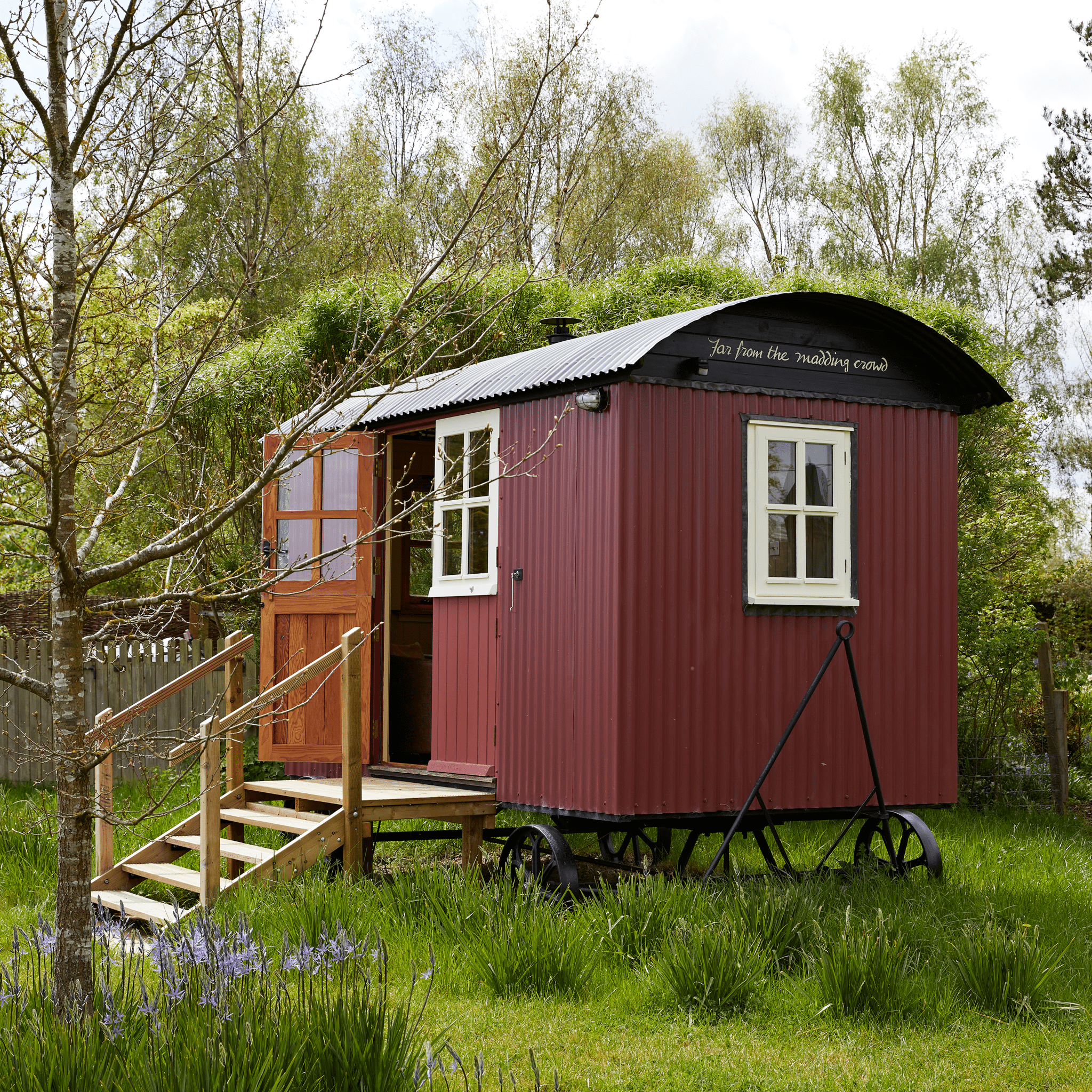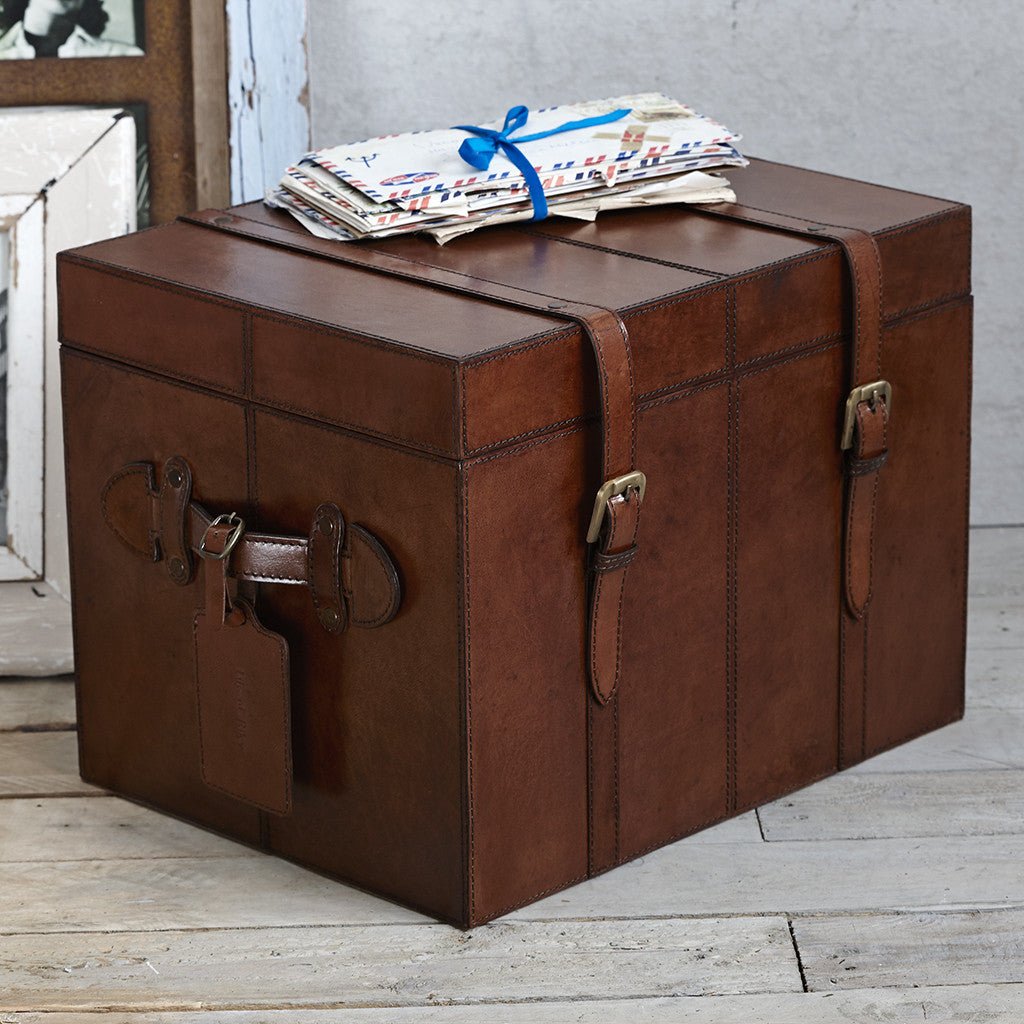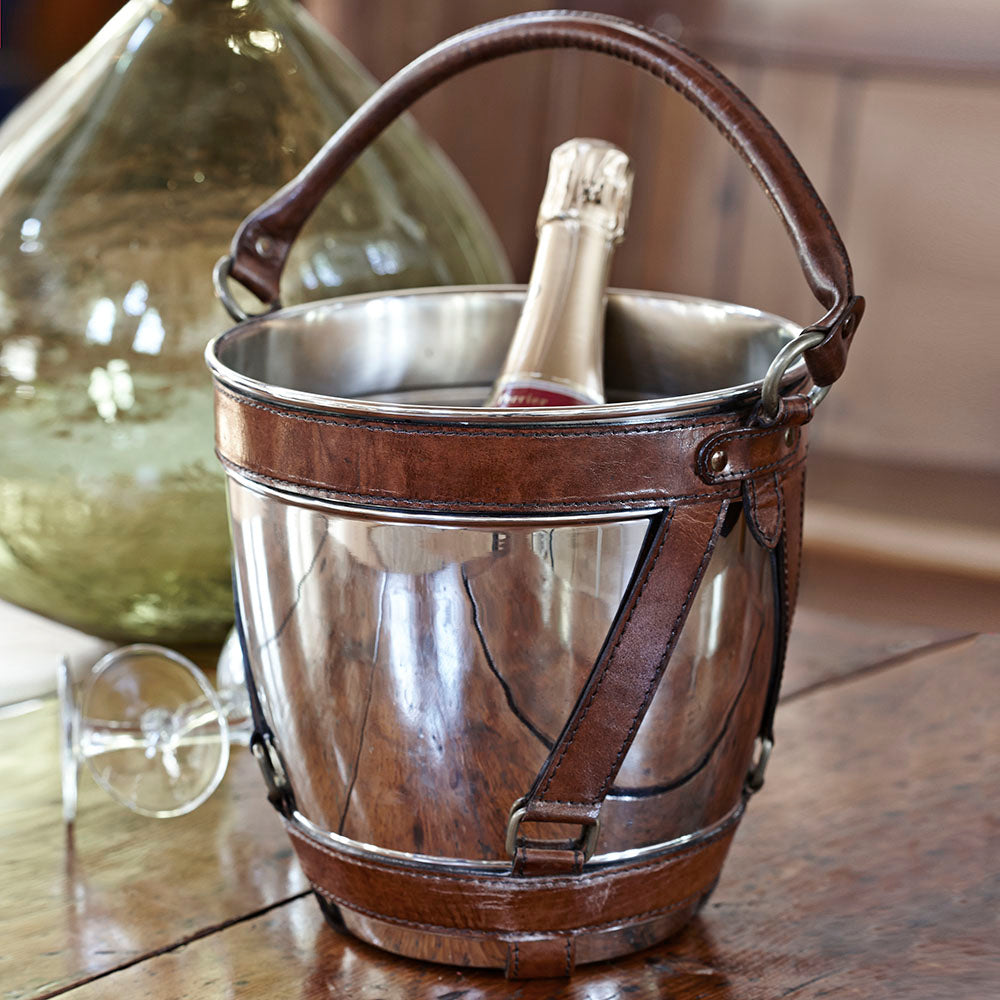
The story of the shepherd's hut
Shepherd’s huts are hot property. Highly desirable as unique mini holiday cottages and, increasingly these days, picturesque home offices, they make an appealing addition to a large garden or parcel of land, and can also be used as a spare bedroom, music room, art studio, gym, treatment room or even a small shop. Not only did former PM David Cameron famously write his memoirs in one, but Prince George uses one as a playhouse in his grandfather’s gardens at Highgrove, while in long-running radio drama, The Archers Lynda Snell persuaded Eddie Grundy (amid some controversy) to build one to adorn her commemorative garden.

These distinctive wheeled shelters with a curved roof and corrugated-tin walls, on a 12ft by 6ft footprint, were once part of our farming landscape, dating back at least to the time of Queen Elizabeth I. One of the earliest known references is in a book on cattle management published in 1596, and describes how ‘in some place the Shepherd hath his cabbin going upon a wheele for to remove here and there at his pleasure’. Famously, Gabriel Oak, in Thomas Hardy’s 1874 novel Far from the Madding Crowd, lived in a shepherd’s hut (described as ‘a small Noah’s Ark’) while tending his sheep.
Practical and basic, shepherd’s huts were – quite simply – shelters built specifically for shepherds when out in the elements. They were on wheels because the flock was moved around for good land management, ‘folding’ the land by grazing and then manuring the distant pastures that could not be fertilised by the large farm manure wagons. Unlike luxury modern huts with underfloor heating and mobile phone charging ports, they were rather sparse and minimal. Inside, there was space for sitting, a straw bed over a cage where lambs could be kept (a ‘lamb rack’), a small stove for cooking and warmth, and a corner cupboard for essentials and medicines. They were usually built for the landowner by agricultural engineering companies (though sometimes constructed on the farm with whatever materials were available to hand). And were very common in the 18th and 19th centuries, until changes in farming practices in the early 20th century brought about a rapid decline in their use. In the Second World War some were used as home guard outposts or to house prisoners of war, but by 1950 almost all have been abandoned or broken up. Quirky and romantic, yet essentially useful and practical, shepherd’s huts embody a lost part of our rural history.
As Lynda Snell put it, they are ‘a piece of our cultural heritage, part of the rural fabric from days gone by’.

Nowadays enjoy relaxing in a shepherds hut with a leather drinks case. Now that is the Life of Riley!




